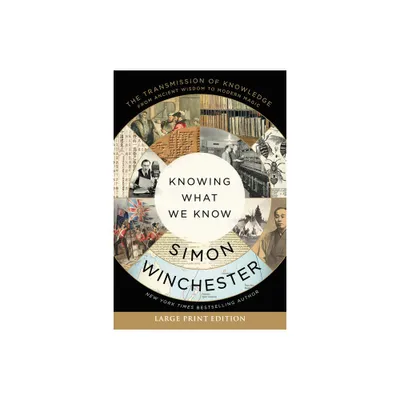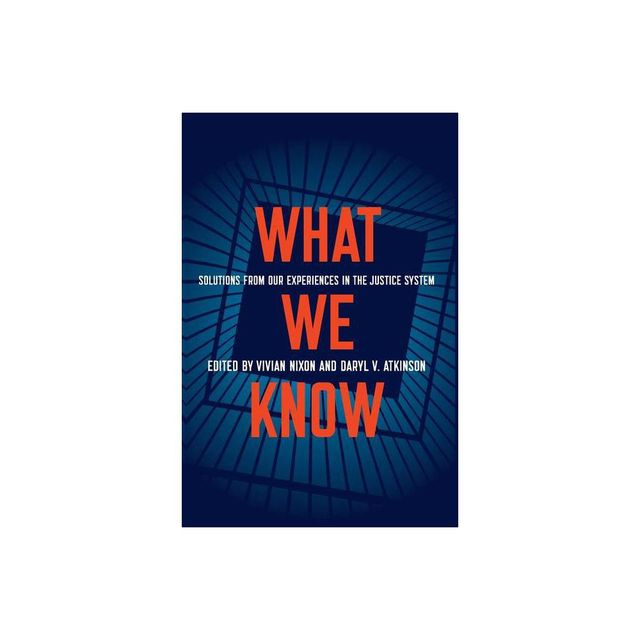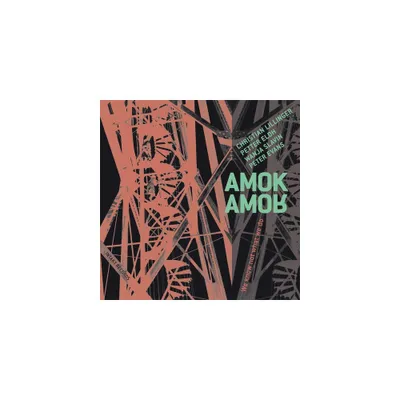Home
Using What We Know: A Practical Guide to Increasing Student Achievement
Loading Inventory...
Barnes and Noble
Using What We Know: A Practical Guide to Increasing Student Achievement
Current price: $27.95


Barnes and Noble
Using What We Know: A Practical Guide to Increasing Student Achievement
Current price: $27.95
Loading Inventory...
Size: OS
*Product Information may vary - to confirm product availability, pricing, and additional information please contact Barnes and Noble
Effective Teaching is a BALANCING ACT
IF YOU ARE A TEACHER, YOU NEED THIS BOOK! Here you will find a systematic process that will reveal things to you about your students you have never known; then show you how to use that knowledge to radically change the way you teach and the way they learn!
As of this writing, the innovative and non-intrusive process explained in this book has been implemented by classroom teachers in public schools with over 5000 students and has resulted in average increases in achievement of nearly 20% above results from traditional "control" group instruction as measured by classroom grades and teacher-made assessments. For example, a teacher whose students averaged 15% correct on a pre-test and 70% correct on a post test without using this process might have averaged nearly 90% correct on the same post test had the teacher used this process.
In limited trials, this process has also been effective with nationally standardized assessments, producing as much as double the expected achievement increases from pre-test to post test administration.
Perhaps the best thing about this process is that it involves applying information that is commonly found in teacher training and licensing programs. It really does amount to "Using What We Know!"
IF YOU ARE A TEACHER, YOU NEED THIS BOOK! Here you will find a systematic process that will reveal things to you about your students you have never known; then show you how to use that knowledge to radically change the way you teach and the way they learn!
As of this writing, the innovative and non-intrusive process explained in this book has been implemented by classroom teachers in public schools with over 5000 students and has resulted in average increases in achievement of nearly 20% above results from traditional "control" group instruction as measured by classroom grades and teacher-made assessments. For example, a teacher whose students averaged 15% correct on a pre-test and 70% correct on a post test without using this process might have averaged nearly 90% correct on the same post test had the teacher used this process.
In limited trials, this process has also been effective with nationally standardized assessments, producing as much as double the expected achievement increases from pre-test to post test administration.
Perhaps the best thing about this process is that it involves applying information that is commonly found in teacher training and licensing programs. It really does amount to "Using What We Know!"


















